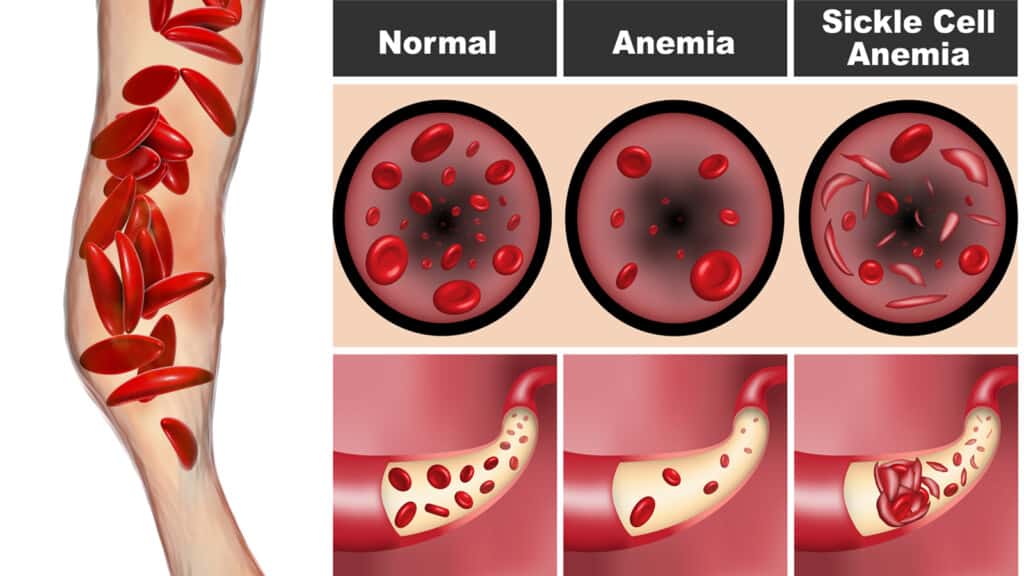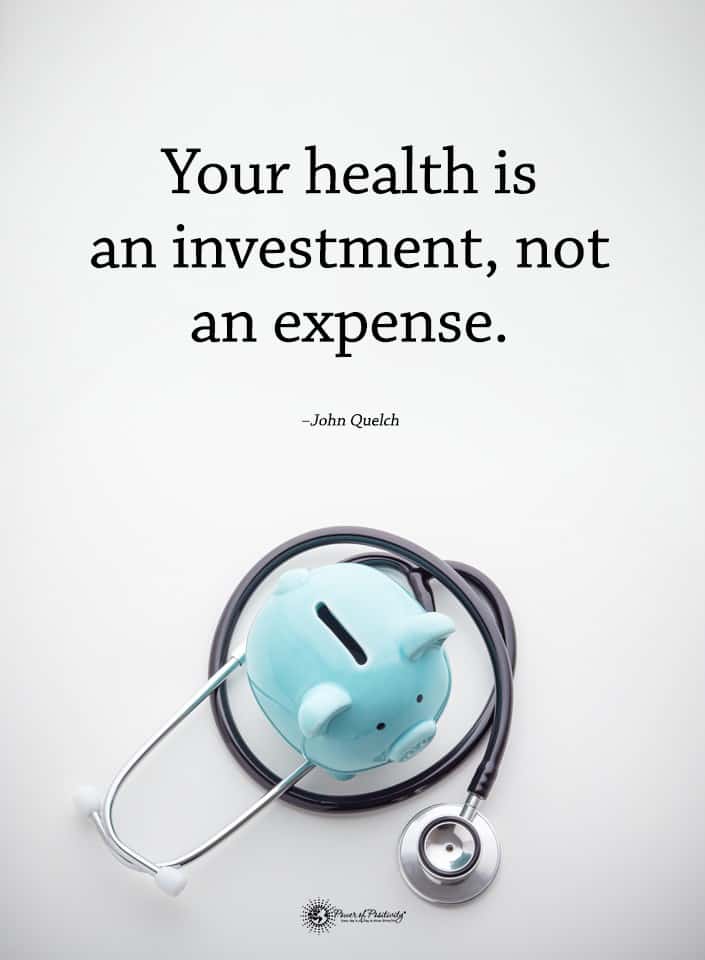Diabetes is a significant problem in the United States. It affects all ages, races, and genders, although some groups are affected more than others. With the proper data in hand, one can take steps towards diabetes prevention and save lives.
When the statistics are viewed as a whole, it looks like a nationwide problem. However, when viewed by a group or demographic category, it becomes evident that some groups experience higher risk factors than others. This article will break down how the disease affects Americans by race and give some ideas on what we can do to prevent this problem.
Statistics That Proves the Need for Better Diabetes Prevention
The statistics for the disease are alarming. Every year, the Centers for Disease Control (CDC) puts out a report which outlines the burden of the disease on the United States. According to the 2020 report (which compiles data from 2018), 10.5% of the U.S. population has the disease.
That’s over 34.2 million people!
The report goes on to break down the percentage of people that have the disease by group, including race. These numbers are as follows:
- Hispanic – 14.7%
- White, non-Hispanic – 11.9%
- Black, non-Hispanic – 16.4%
- Asian, non-Hispanic – 14.9%
- Indigenous, non-Hispanic – 14.6%
These percentages include diagnosed and undiagnosed people. The numbers in all groups are high. What’s even more alarming is that the numbers are continuing to rise. It is quickly becoming an epidemic throughout the United States.
The Most At-Risk Group: Black Americans
It’s interesting and disturbing that Black Americans only comprise 13.4% of the population but account for the highest rate of people with diabetes. The disease has been a severe problem for the African American community for decades. Even the mortality rate from it is higher among African Americans than other races.
There is a lot of demographic research underway to investigate the reason. So far, the findings have a lot to do with other concerns in the African American community. It seems that all these concerns are linked and can almost be like a chain reaction to the decreased state of well-being for African Americans in the United States.
Analysts and medical experts believe it’s due to them having higher risk factors than other races. The risk factors are described in a later section.

Complications That Can Occur for Diabetics
The disease can cause serious health issues. If it’s not managed correctly, it can lead to death. The worst part of this is that it’s easily preventable, but many people don’t have access to the health care they need to manage the disease.
In 2016, the CDC compiled data on complications from the disease. There were almost 16 million diabetic emergency room visits. Of those, .2% died. That may sound like a low number, but that’s 32,000 people.
Kidney disease is one complication that happens from the disease. Of the adults diagnosed with it, 37% of them had chronic kidney disease, and over half of these people were in stage three or four. Vision problems are another complication. Diabetes is the leading cause of new blindness cases for people ages 18 to 64.
According to the World Health Organization (WHO), other common complications from the disease can include:
- Cardiovascular disease
- Lower limb amputations
- Diabetic neuropathy (nerve disease)
- Periodontitis
- Pregnancy problems
The disease causes so many medical issues that in 2017, the total medical costs for diagnosed diabetes was over $327 million.
Risk Factors Broken Down by Race
Most people are aware that there are two types of the disease – type 1 and type 2. Type 1 risk factors aren’t fully understood by the medical community. Science shows this to be more genetic, and the theorized risk factors are family history and age.
Type 2 risk factors can be separated into non-modifiable and modifiable factors. The non-modifiable factors are similar to the type 1 factors. They include family history, age, and a history of gestational diabetes (occurs in pregnant women). Modifiable factors include being overweight, physical inactivity, high cholesterol (the wrong kind), smoking, and high blood pressure.
Another unfortunate risk factor is race. It seems that minority races are more prone to developing the disease than white Americans. This is especially true for African Americans. Here is an in-depth look at how some of the risk factors can affect people according to their race
Obesity
According to the CDC, studies have shown that a whopping 42.4% of the U.S. population is classified as obese. While obesity alone doesn’t automatically mean a person will develop diabetes, it’s a major factor. Obesity is one of the highest black American risk factors, with almost 50 percent of African Americans being obese. The percentage of African American women that are obese is even higher than that.
Research shows us that higher rates of obesity correlate with lower socioeconomic status. This is why minority groups tend to have higher rates of obesity than Caucasian Americans. It’s a combination of not being able to afford healthy foods and not being able to afford medical treatment for conditions that can lead to obesity.
Another factor is not having access to proper nutritional education. Culture plays a huge role as well, with differences in meal preparation being a large contribution to the obesity epidemic. However, even cultural food differences trace back to the lower incomes that impact minorities when compared to Caucasian Americans over the centuries.
Other risk factors can be attributed to being overweight. For example, high cholesterol and high blood pressure are both caused by consistently eating an unhealthy diet.
 Lack of Physical Activity
Lack of Physical Activity
The lack of physical activity becomes an issue for people later in life. Research has shown that African Americans, Hispanic Americans, and Asian Americans tend to get less physical activity than white Americans as they age. It seems that Indigenous people get about the same rate of exercise as white Americans.
There are plenty of theories as to why this occurs. One of the major theories is that minorities, not including Indigenous people, spend their lifetimes working hard, physically demanding jobs. Pair this with a lower standard in medical care, and you get people who face feelings of burnout as they get older. They may suffer from more pain and more symptoms of old age. After a lifetime of hard work, they don’t want to be physically active anymore.
Smoking
It is incredibly disturbing that 73% of adults who are diagnosed with diabetes are either current or past smokers or users of some form of tobacco. Smoking has been discovered to be a direct cause of the disease as well as an aggravating factor to it. In fact, smokers are 30-40% more likely to develop the disease.
When you look at smoking by race, as with the other factors, minorities make up the bulk of smokers. According to the American Lung Association, Indigenous people have the highest percentage of smokers at 21.9%, as well as the highest percentage of smoking-related deaths. African Americans have the second highest at 16.8%, and Asian Americans have the lowest share at 7 percent.
Despite African Americans having the second-highest percentage of smokers, smoking is still one of the more serious black American risk factors. This is because over 77% of African Americans smoke menthol cigarettes. Menthol cigarettes are the most addictive cigarettes on the market.
Make no mistake. The disease is a problem for white Americans, just like it is for minorities in the United States. However, because of socioeconomic status, white Americans, in general, have more access to higher-quality healthcare that can help them manage the disease and risk factors. The medical community must launch a significant intervention to stop this disease in its tracks, and we need extra emphasis on diabetes prevention in minority communities.
Diabetes Prevention Is a Must
The good news about the disease is that it’s easy to manage type 1 and easy to prevent type 2 from happening. The problem is that many people don’t do what is necessary. A lot of this is due to a lack of education about diabetes. They don’t understand what it is and how badly it can affect them.
There needs to be more of a push to educate the public about the disease. Many people who have the disease are undiagnosed, so they don’t even know they need to manage it. Knowledge is power, and in this case, it could be the difference between life or death.
Another way to prevent it is by improving the lifestyles of minorities. Giving them access to affordable healthy foods and activities that can keep them physically active can go a long way in prevention. When a bag of cookies costs less than a bag of apples, it’s no surprise that poor minority families are overindulging on sugary foods and drinks.
 Final Thoughts on People Who Are Diabetic by Race and the Need to Take Diabetes Prevention to Heart
Final Thoughts on People Who Are Diabetic by Race and the Need to Take Diabetes Prevention to Heart
At the current rate that the population of the United States is becoming diabetic, this disease is going to become the number one health problem in the country quickly. While the solutions are simple, they aren’t easy to implement – at least not quickly. It’s going to take a significant effort to get a handle on the disease. We, as a society, must tackle underlying social issues along with prevention efforts.
If you’re an individual reading this for your health or the health of your family, you can start in your own home. Simple lifestyle changes can help prevent the disease or reverse the condition if you’re suffering from type-two. If everyone starts at home, the statistics on diabetics will begin to trend in the opposite direction leading to a healthier, happier nation.
The post How Diabetes Impacts Americans by Race (and How to Prevent It) appeared first on Power of Positivity: Positive Thinking & Attitude.
【Top 10 Malaysia & Singapore Most Beautiful Girls】Have you follow?